WandaVision was a grand experiment in fan theorizing. The Marvel Cinematic Universe (MCU) generates plenty of fan theories. But because each movie contains a single story, there’s little time to theorize about concrete plot points as the film rolls along. WandaVision was the MCU’s first, official canonical TV series and released week-by-week over the course of nine episodes, leaving viewers plenty of time to wonder whether the X-Men might show up in Wanda’s Hex or whether Wanda was the hero or villain of the show.
The finale offered a conclusion to Wanda’s tale of grief and reconciliation. Wanda assumed the mantle of Scarlet Witch for the first time and grew even more powerful than before. She realized she had to destroy the Hex and free the townspeople of Westview. And she said goodbye to her one true love, Vision—for now. Still, there are plenty of lingering questions, like is Monica Rambeau a superhero now and what happened to White Vision or Wanda’s kids? A close examination of the episodes, the Marvel comic books and Marvel Studios’ future film plans can offer us some answers as to what, exactly, happened in this mind-bending show.
Is Vision dead or alive?

Both! Sort of. Wanda (Elizabeth Olsen) and Vision (Paul Bettany) were always emotionally connected because they were both entangled with an Infinity Stone called the Mind Stone. Wanda was exposed to it when she was being experimented upon by HYDRA, and Vision had it living literally inside his head. In the final episode, we find out that the Vision that Wanda created in her dreamland was made from the part of the Mind Stone that still lives inside Wanda. I wouldn’t take that literally—I think she basically temporarily gifted him some of the power she had gotten from the Infinity Stone herself. When Wanda destroys the Hex she destroys Vision with it.
However, there is hope that Vision will live on. Acting SWORD director Hayward (Josh Stamberg) created White Vision as a super-weapon and instructs him to destroy the Hex version of Vision. But while Wanda was fighting Agatha (Kathryn Hahn), White Vision has a philosophical debate with Hex Vision. They discuss the age-old puzzle of Theseus’ ship and conclude that the thing that makes any being who looks like Vision actually Vision is the memories that Vision has within him.
Hex Vision gifts his memories to White Vision, from falling in love with Wanda to dying at the hands of Thanos. White Vision then flies away to who knows where, but given that Hex Vision promises Wanda that some version of himself will see her again, expect White Vision to pop up in the MCU again.
How is White Vision powered and where did he go?
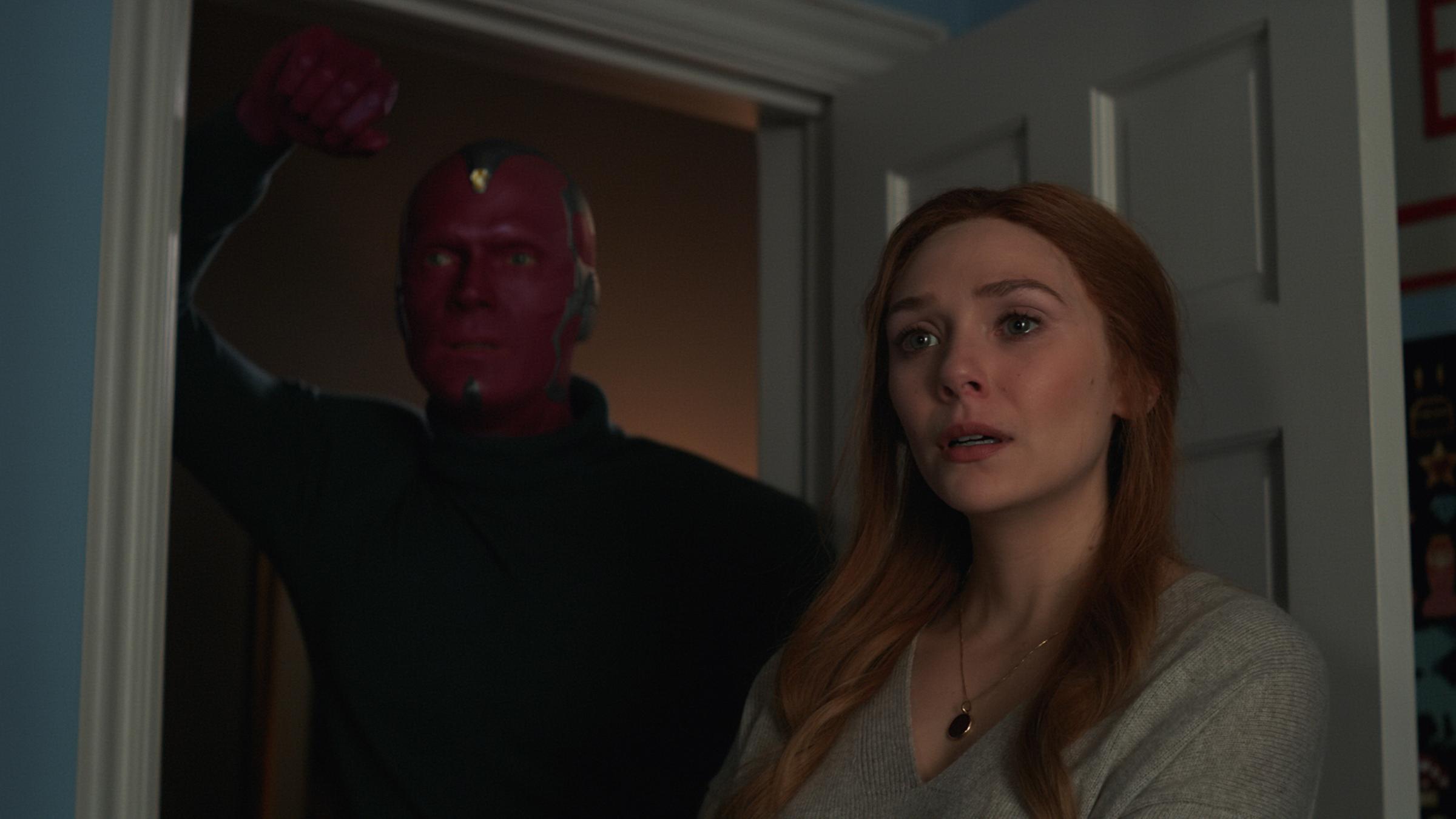
When Thanos had designs on the Infinity Stone inside Vision’s head in Avengers: Infinity War, the Avengers discussed whether Vision might be able to survive without the stone. Tony Stark and Bruce Banner built Vision with the stone, which means that Vision probably contains some of Tony’s personality and some of Bruce’s and that only part of himself is derived from the Stone. They took him to Wakanda and super-scientist Shuri was quite close to actually extracting the Stone when Thanos’ army attacked and interrupted the procedure.
Hayward’s version of Vision seems to run on Wanda’s power—he uses a radioactive drone that emerged from Wanda’s Hex to power White Vision. Presumably, that means that White Vision draws energy from Wanda’s powers and (by the transitive property) the Mind Stone’s powers. So with memories and Mind Stone magic, he’s basically the same Vision, just with a new paint job.
White Vision showed up in the comic books too. A group of agents scared of Vision’s power kidnap him, dismantle him and erase his software. (For complicated reasons, Vision also loses his color and becomes all white.) The Avengers manage to get the parts back and rebuild Vision, but he’s essentially reverted to his factory settings. He has no memory, personality or humanity. He doesn’t recognize or feel any emotion towards Wanda or their children. Wanda is understandably distraught. The two lose their kids shortly thereafter, and their marriage ends.
It looks like the MCU is going in a happier direction with White Vision’s story. It’s unclear where White Vision flew off to during the final episode, but likely he has to sit and think about who or what he actually is before he seeks out Wanda again.
What about Wanda’s kids?
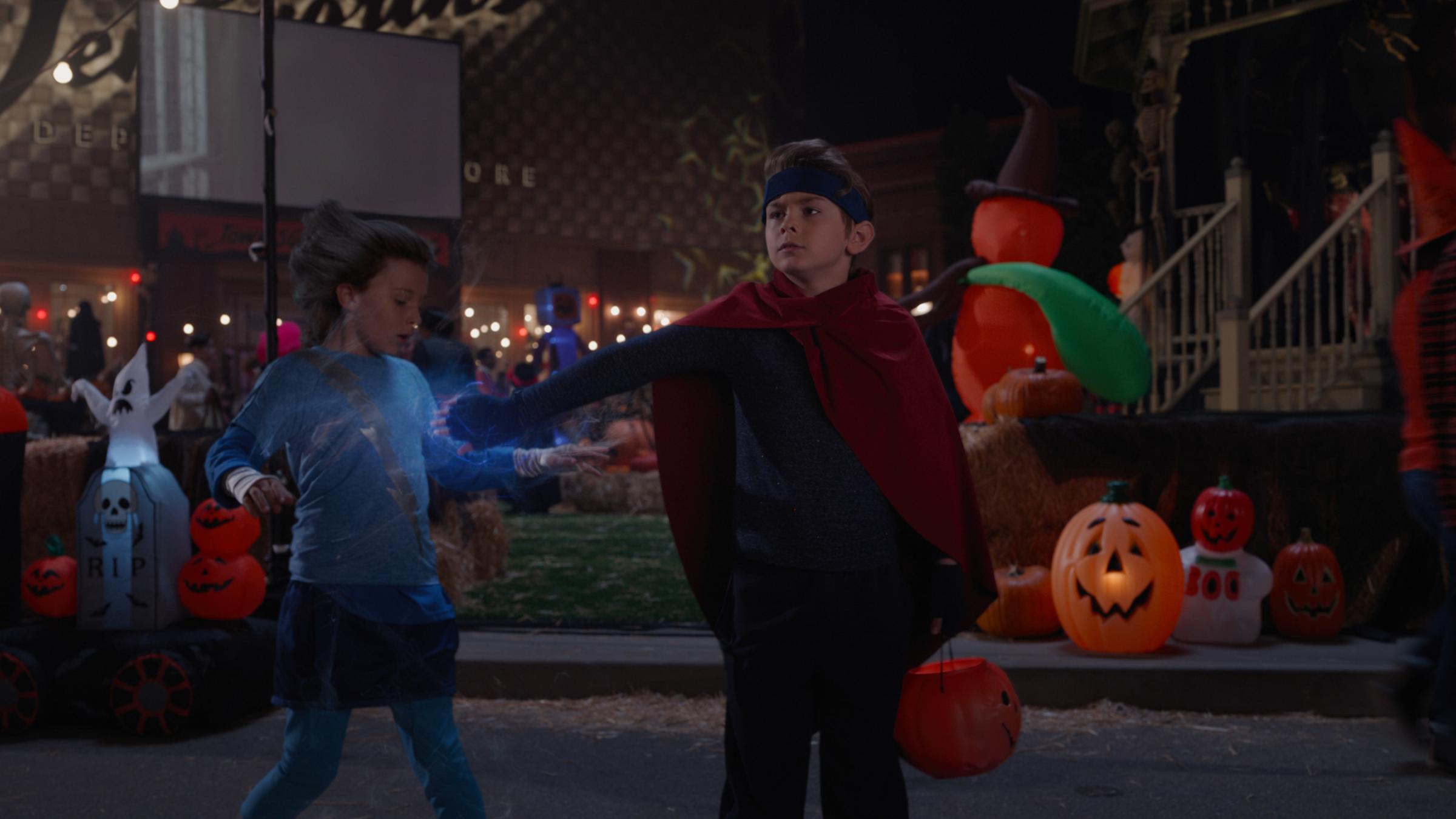
Wanda and Vision’s kids do seem to be gone if not strictly dead. When Wanda breaks open the Hex for the Westview townspeople to escape in the finale, Vision, Tommy and Billy all begin to come apart in pieces. She closes the Hex again to keep them whole. But we can presume that when she collapses the Hex entirely, Tommy and Billy disappear, just like their dad.
There’s still hope they’ll show up in the movies though. Wanda and Vision’s kids experience something similar in the comics. Wanda unwittingly made a deal with the devil, named Mephisto in the Marvel comics, to have them. The devil rescinds on their agreement and makes them disappear for awhile, but then they reappear in the stories as teenagers. They even become members of the Young Avengers superhero team. Tommy, who goes by Speed, shares his speedster powers with his uncle, Pietro. Billy, who inherited his mother’s vague reality-warping powers, has gone by Wiccann.
The MCU does seem to be slowly introducing the pieces for a Young Avengers team. We’ve already met Ant-Man’s daughter Cassie Lang, who mentions in Ant-Man and the Wasp that she would like to be her dad’s partner in crimefighting. Marvel has announced TV shows based on teen characters Kamala Khan (Ms. Marvel) and Riri Williams (Ironheart); revealed that Hailee Steinfeld will play Kate Bishop, Hawkeye’s protege in the new Hawkeye series; and teased that another teen hero America Chavez will appear in Doctor Strange in the Multiverse of Madness. Add Tommy and Billy, and you have a full team of teen supers.
Who is Agatha, and was it really her all along?

It sure was! Diehard Marvel fans were probably not surprised to find out that Agnes turned out to in fact be comic book villain Agatha Harkness. WandaVision dropped several clues: when you squish the names “Agatha” and “Harkness” together and squint a little, you get Agnes. In the comics, Agatha is always wearing a brooch, and even as the decades change in Wanda’s TV Land, Agatha keeps her brooch.
Notably, when SWORD begins to identify real Westview townspeople trapped in the hex, they never identify Agatha, suggesting that she didn’t previously live there and entered of her own free will. Agatha does her best to trick the audience—she pretends to be released from Wanda’s spell when Vision talks to her in the Halloween episode—but by the penultimate episode we learn that Agatha is a powerful witch who has been alive since the Salem Witch Trials.
In the comics, Agatha is more of a chaotic evil presence than an outright villain. She’s actually thousands of years old, and during the Salem Witch Trials she turned a bunch of her coven members over to the Puritans to cull the weak witches, arguing the strongest would survive attempts to burn them at the stake. So, she’s intense.
She eventually becomes Wanda’s mentor and teaches her how to master her witchy powers. When Wanda loses her twins to Maphisto, Agatha tries to help by erasing any memory Wanda had of her children, but Wanda predictably goes mad.
Wanda basically has a mental breakdown that results in the death of her husband Vision, Hawkeye and a bunch of other people. In the famous House of M storyline on which this show is very loosely based, Wanda creates an alternate reality where Vision and the twins are alive, and they all live together. When a bunch of X-Men and Avengers try to return the world to its original reality, Wanda famously utters, “No more mutants,” and disappears a bunch of superheroes from the Marvel Universe. Oh, and Wanda murders Agnes to boot.
It’s a lot. Bringing the actual devil into the MCU might have been a bridge too far for casual fans, so it was wise of the Marvel Studios folks to decide to promote Agatha to Big Bad status. Kathryn Hahn is a wicked delight, and it’s likely we’ll see more of Agatha in the future. Wanda traps Agatha in the Hex, damning her to life in the suburbs. Agatha argues that Wanda has no idea what power she unleashed when she became the Scarlet Witch and says she can help Wanda understand her magic. “If I need you, I’ll know where I can find you,” Wanda quips. And so will the MCU.
Who was controlling the Hex?

It seems that Wanda was, indeed, the person controlling the Hex. In the penultimate episode, when Wanda and Agatha take a Christmas Carol-style trip down memory lane, we see Wanda obsess over sit-coms as a child. She was even watching one when her parents were killed. Later in the memory, after Vision is killed, Wanda drives to Westview where, apparently, Vision had purchased a plot of land where they could build a house and “grow old together.” (Can Vision grow old?) Wanda is so overcome with grief that magic just bursts right out of her and creates the Hex. She literally tries to escape into the American dream.
Agatha says that she senses powerful magic coming from Wanda, and that’s why she enters the Hex. It’s deeply unclear why people outside the Hex could see Wanda’s life on TV. Something with her powers and radio waves…don’t think about it too much.
So is Wanda a villain?
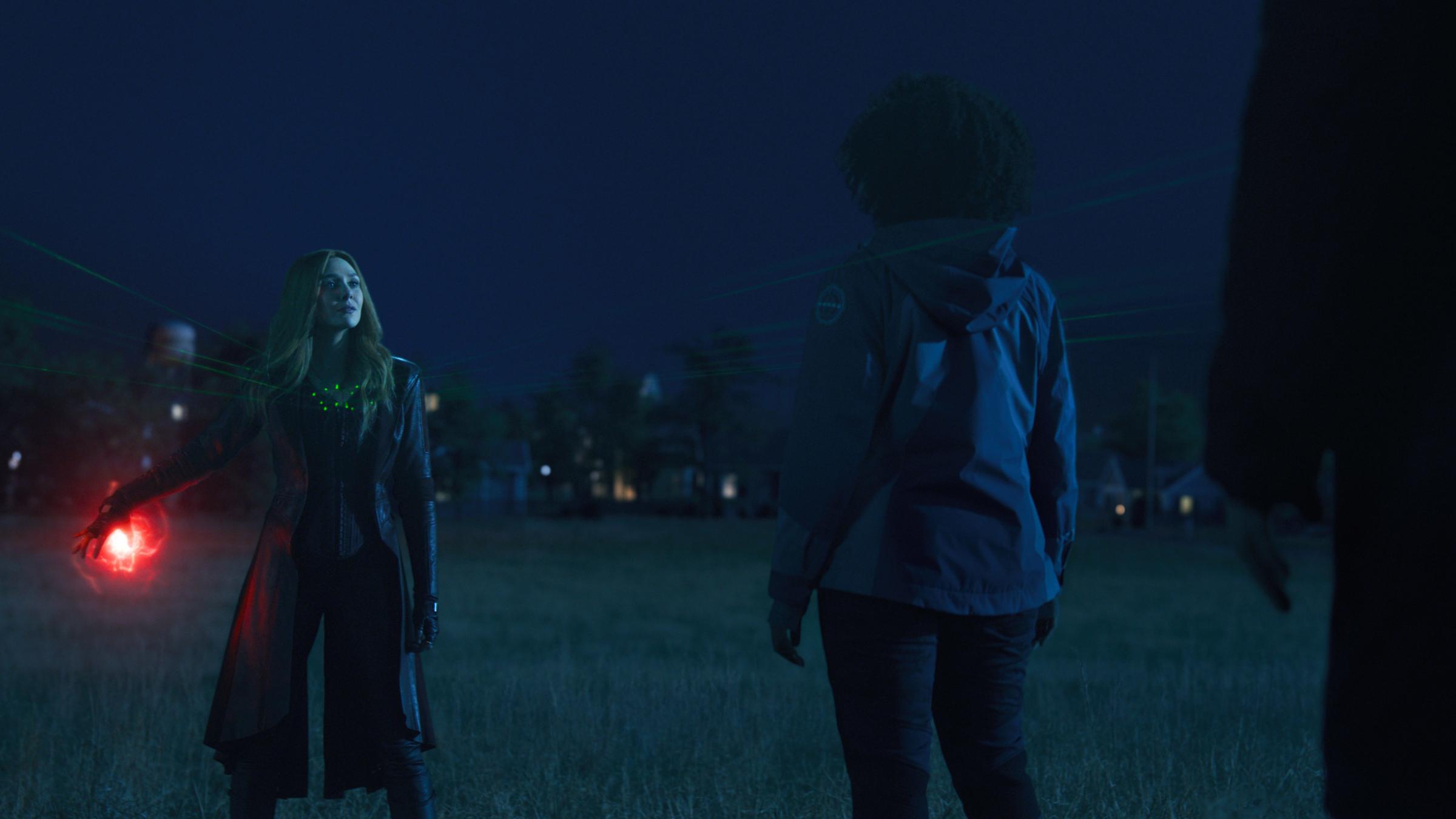
No. Well, I don’t think so, anyway. The show briefly feinted at Wanda becoming the villain. Some fans even speculated she would be the main antagonist in Doctor Strange: Multiverse of Madness. Thank goodness they didn’t go full evil with Wanda. A super-powered grieving woman who can’t get her emotions under control ventures into uncomfortably sexist territory.
Admittedly, Wanda did sort of, kind of mind-control an entire town (whoops). But she was grieving! The woman lost two parents, a brother and a boyfriend. Then she visited the piece of land her dead boyfriend bought her to fulfill her dream of living a normal, quiet life together. The deed even had a heart on it (just like the calendar in the first episode). Of course she lost it.
To Wanda’s credit, she made an effort to make everyone’s lives in the town better. When she first drives through Westview, we see a rather downtrodden suburb with depressed citizens moping in the streets—they likely were hit hard by the Snap. Fake Pietro points out to Wanda in the Halloween episode that she acted “as humanely as possible” given the circumstances, giving everyone in the town better, happier lives than they had before. Free will is overrated anyway.
It’s also worth pointing out that Wanda did not, in fact, break into SWORD headquarters, steal Vision’s body and try to resurrect her dead android boyfriend. The evil guy who is the head of SWORD clearly wanted to get Vision back online and use him as a weapon and tried to trick Wanda into doing it for him. But Wanda refused to take the bait.
So Wanda is (mostly) good but did a very bad thing. That’s intriguing. In the MCU, characters tend to be wholly good or wholly evil. It’s X-Men characters who live in the fuzzy gray area between hero and villain. But (as we will discuss shortly), Wanda is technically a mutant. Maybe the show’s moral ambiguity is a sign of things to come as the X-Men enter the MCU.
Comics fans also worried that WandaVision would follow the House of M storyline too closely. Those comics hew toward rather sexist tropes about the hysterical woman. Powerful women experiencing trauma and losing control of their emotions is a favorite of genre storytellers: when Wanda’s husband and children die, she goes crazy, mind-controls the entire world and kills off superheroes who oppose her; In Game of Thrones, Daenerys turns into the Mad Queen when first her dragon children and then her best friend are murdered; in the X-Men comics, Jean Grey transforms into the Dark Phoenix and terrorizes the X-Men after watching her partner, Cyclops, tortured.
The television show splits the difference: Wanda’s grief is real and earned, but Agatha also exploits that grief for her own evil ends.
O.K., but is Wanda a witch?
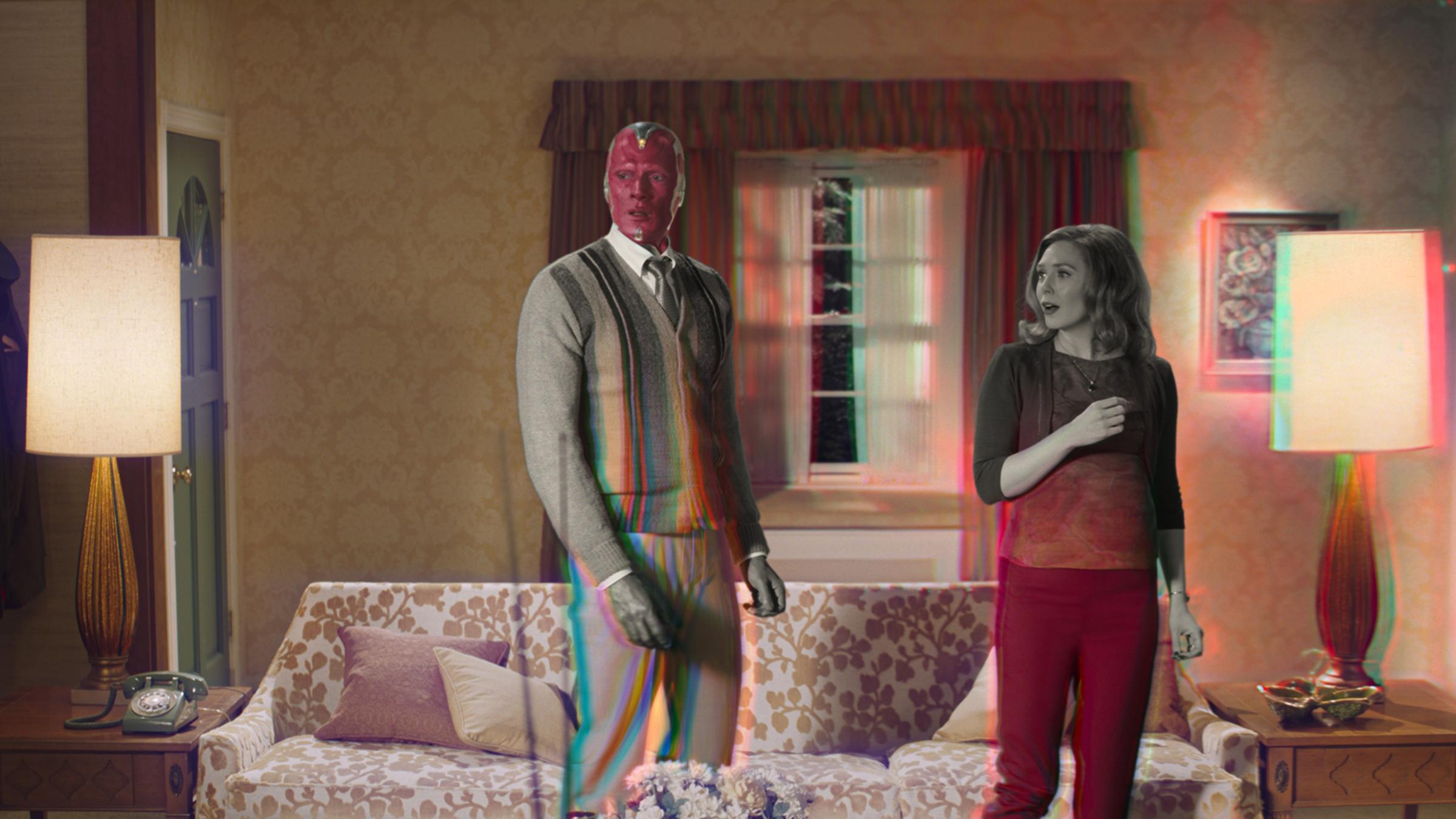
Sure! Let’s be honest, what we name all these super-powered people is pretty arbitrary—superhero, witch, X-Man. But, technically, she’s a mutant. Time to get real nerdy.
A mutant is someone born with the X gene that gives them special abilities: Wolverine has retractable claws and healing powers; Jean Grey develops telepathy and telekinesis; Magneto can move metal; etc. Other superheroes gain their powers later in life: Spider-Man gets bitten by a radioactive spider; Captain Marvel gets her powers during an explosion involving an Infinity Stone; Black Panther consumes a special herb. In the comics, Wanda and Pietro are born with their powers, which means they are mutants.
Back when Marvel Studios made Avengers: Age of Ultron, the studio didn’t have the rights to the mutants, which is likely why that movie insinuates that Wanda and Pietro’s backstory was more superhero-y and less mutant-y. In that movie, the twins say they gained their powers from an Infinity Stone called the mind Stone when Nazi offshoot HYDRA experimented on them. Since, Disney has purchased 20th Century Fox and, thus, the X-Men. So Wanda now can be either X-Man or superhuman or, I suppose, a witch. The penultimate episode goes back and rewrites Wanda’s past , suggesting that she (and probably also Pietro) had special abilities when they were young, and those abilities were enhanced by the Infinity Stone.
Does it even really matter? Aren’t all superpowers basically magic anyway?
So what does Wanda have to do with Doctor Strange?

The term “witch” certainly implies a connection to the sorcerers in the MCU, aka Doctor Strange and jolly band of mystics. WandaVision introduces the Scarlet Witch as a figure of lore in the MCU. Agatha says that Wanda has been written about in the book of the damned: she is born with her magic and doesn’t need a coven. Agatha says Wanda is more powerful than the Sorcerer Supreme.
In a post-credits scene, Wanda is consulting the Book of the Damned, which looks an awful lot like the books in Doctor Strange’s library, and the runes she uses are reminiscent of ones that pop up in Doctor Strange. Still, Wanda and Agatha seem to have been born with their powers, whereas Doctor Strange and the Ancient One seem to have learned them.
We’ll probably find out more about their connection in the next Doctor Strange movie, Multiverse of Madness, which stars—you guessed it—Elizabeth Olsen. (More on that whole multiverse bit later.)
Who is Monica Rambeau and how did she get superpowers?
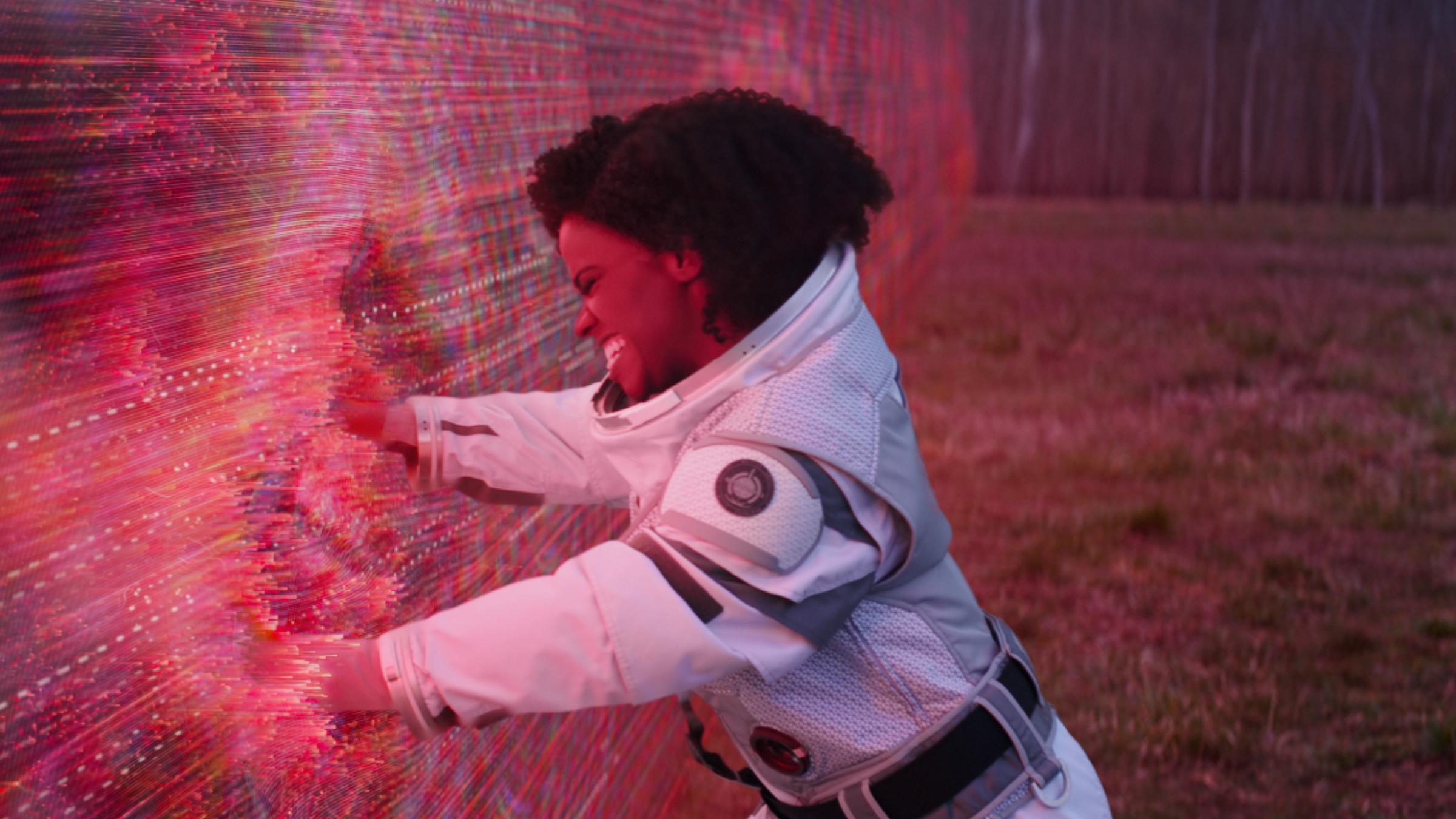
Fans of Captain Marvel met a child version of Monica Rambeau in that 1990s-set movie. She’s the adorable daughter of Maria Rambeau, Captain Marvel’s best friend. We learn in WandaVision that Maria founded SWORD, a government organization that largely deals with extraterrestrial threats.
Monica (Teyonah Parris) grew up to be an astronaut/soldier, no doubt inspired by her otherworldly idol Captain Marvel. Monica got Snapped (TM) by Thanos while her mother was in the hospital battling cancer. By the time Monica returned to the world five years later her mother had died.
Monica seems to derive her powers from Wanda’s magic. Unlike anyone else in the series, Monica goes through Wanda’s “Hex” three different times (in, out, in again). We can guess from the swelling heroic music that plays as she reenters the Hex that most humans would probably die trying to do that. But Monica’s a badass so she survives and gets ill-defined but very cool Wanda-esque powers.
In the comic books, Monica becomes a superhero. She’s operated under the name Captain Marvel and Spectrum and Photon. Given that Captain Marvel already exists—and likely will get a reunion with Monica in one of the forthcoming Marvel movies—Monica will probably take on Spectrum or Photon as a moniker.
What is going on with Pietro?

The MCU seems to be messing with its most diehard fans. As I mentioned earlier, Pietro showed up in both Fox’s X-Men movies and Disney’s Marvel movies, played by two different actors. Both studios owned the rights to the super speedster. The MCU Pietro (Taylor Johnson) was killed by Ultron during Avengers: Age of Ultron. The X-Men Pietro (Evan Peters) is alive and well, as far as we know.
In WandaVision, Agatha “recasts” Pietro with Peters playing the role instead of Johnson. At first, many Marvel fans (including myself) thought this would be Marvel’s way to introduce X-Men to the MCU. Pietro would represent some kind of multiverse version of Pietro that would open up parallel-universe storytelling possibilities for the X-Men.
It turns out, however, Fake Pietro was just some random bro from Westview. Agatha used a magical necklace to control him and give him superspeed. Agatha is jealous of Wanda’s abilities because Wanda is able to create beings, like Vision, from nothing. Agnes, however, can only control others on a small scale. Agatha admits to finding and controlling a new Pietro since the original MCU version was riddled with bullet holes. (Which, harsh, Agatha!)
WandaVision dashed fans hopes of a X-Men/MCU crossover in the near future. It will come eventually though.
When are X-Men showing up in the MCU?

That remains unclear. Marvel Studios head Kevin Feige has expressed his eagerness to incorporate the X-Men into the MCU. But the studio has yet to actually announce an X-Men movie. In a recent interview, Feige suggested we might not see mutants officially enter the Marvel universe until 2025 or 2026. The Evan Peters teaser will have to do for now.
What was with all those Easter egg-filled commercials?

Nearly every episode of WandaVision contained a commercial. Each seemed to be an outlet for some of Wanda’s deepest anxieties. Let’s address them one by one.
Episode 1: The toaster
A housewife pops some bread into a toaster, and the machine—made by Stark Industries—begins to beep menacingly. Even though the commercial is shot in black and white, the light on the toaster begins to flash red. In the penultimate episode, we see a young Wanda and Pietro in war-torn Sakovia. Their parents are killed, and a Stark Industries missile lands next to the orphaned children. In Avengers: Age of Ultron, Wanda said that the missile was defective: she and Pietro sat next to it for two days waiting for it to go off.
We learn that, in reality, Wanda used her nascent magical powers to protect herself and her brother. (Stark can be proud that he didn’t actually build a defective weapon!) But as they lay under the bed, the missile beeped and a light on it flashed red, just like the toaster in Wanda’s commercial.
Episode 2: The watch
A man dresses for a night out with a Strucker watch. Baron Strucker, Ultron fans will recall, was the HYDRA agent who experimented on Wanda and Pietro. The watch even has a HYDRA symbol on it to boot. This commercial just seems to nod at the time that Wanda spent being manipulated by the HYDRA scientist.
Episode 3: Bubble bath
This commercial seems to directly reference Wanda’s situation. A voiceover offers bubble bath to a harried mom, saying, “Escape to a world all your own…when you want to get away, but you don’t want to go anywhere.” Wanda, indeed, has escaped in her own mind, without leaving Westview. The commercial ends with a slogan: “Hydra Soak: Find the Goddess Within.” It is true that Wanda discovered her goddess-like powers while Hydra was experimenting on her.
Episode 5: Paper towels
Another commercial, another harried housewife. This time she’s trying to find the right paper towel to clean up a mess. (N.B. The mess is red fruit juice reminiscent of blood.) The best brand? Lagos paper towels. “Lagos,” the slogan goes, “For when you make a mess you didn’t mean to.” If Lagos is ringing a bell, that’s because Wanda was there during Captain America: Civil War.
Wanda was there on a mission with Cap to take down a villain named Crossbones. When Crossbones tried to set off a bomb that would kill both him and Captain America, Wanda contained it in a bubble. She then lost control of the bubble and accidentally sent it flying into a building, which exploded. She accidentally killed 26 civilians setting off a worldwide backlash prompting the Sakovia Accords. So Lagos paper towels are a reference to the literal mess Wanda made in that city.
Episode 6: Yogurt
A claymation kid, who is starving, asks for a snack from a shark. The shark gives him a yogurt called “Yo-Magic.” The kid struggles to open the yogurt, never does, and dies, turning into a very creepy claymation skeleton. This is the most cryptic of the commercials, but likely is a reference to Wanda’s inability to save Vision from death. The commercials have been moving (somewhat) chronologically through Wanda’s life so far, and at this point, we reach Vision’s death.
Wanda used her magic to destroy the Infinity Stone and kill Vision so that Thanos wouldn’t be able to attain all the stones. But then Thanos reversed time and killed Vision—and Wanda had to watch that happen. That had to be traumatic. The commercial reflects how powerless Wanda, one of the most powerful and magical beings in the universe, felt at that moment watching her soulmate die despite her efforts to save him.
Episode 7: Anti-Depressants
A commercial for an anti-depressant to take when you feel “everything is meaningless” and works to “anchor you back to reality” corresponds to an episode where Wanda begins to realize the limit of her delusion. She tells her sons when Vision disappears that she can’t make Vision be there if he doesn’t want to be—an admission that maybe she can’t control everything happening in the hex after all.
The commercial ends “Nexus: Because the world doesn’t revolve around you—or does it?” This could reflect Wanda’s realization that what she is doing to the townspeople of Westview is wrong or hint at the reveal that it was Agnes controlling the situation all along. Either way, Wanda’s Hex fantasy is coming to and end.
The name of the drug could also be a hint of things to come. In the MCU a “Nexus” is a point where multiple realities intersect. Some Marvel characters are also “Nexus beings,” which means that they wield power over the multiverse. The commercial could indicate that Wanda is such a being.
More Must-Reads from TIME
- Caitlin Clark Is TIME's 2024 Athlete of the Year
- Where Trump 2.0 Will Differ From 1.0
- Is Intermittent Fasting Good or Bad for You?
- The 100 Must-Read Books of 2024
- Column: If Optimism Feels Ridiculous Now, Try Hope
- The Future of Climate Action Is Trade Policy
- FX’s Say Nothing Is the Must-Watch Political Thriller of 2024
- Merle Bombardieri Is Helping People Make the Baby Decision
Write to Eliana Dockterman at eliana.dockterman@time.com